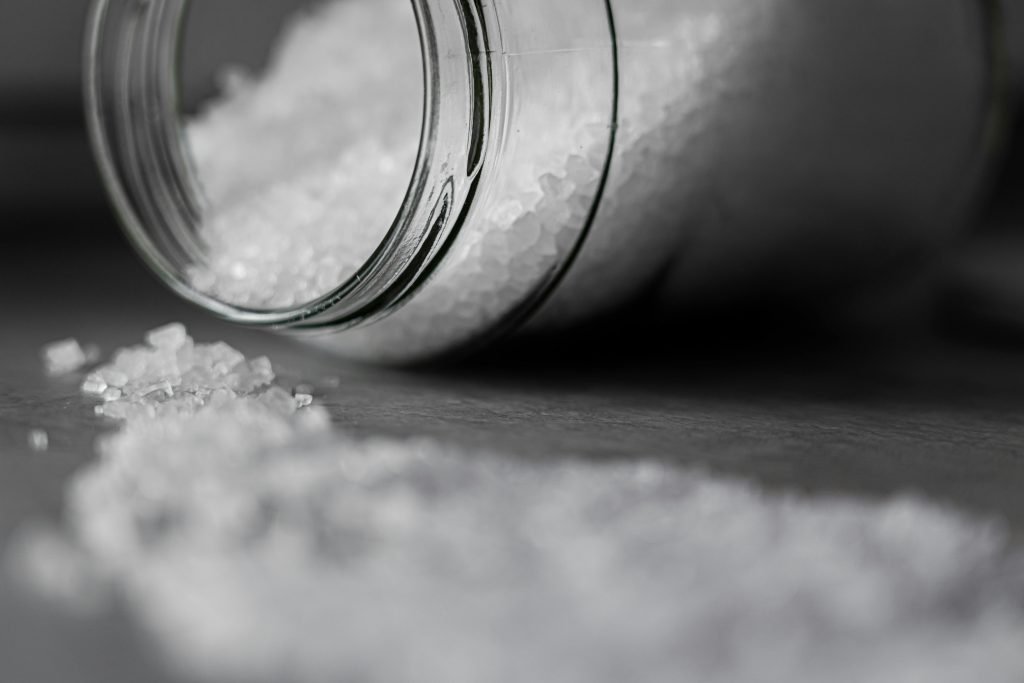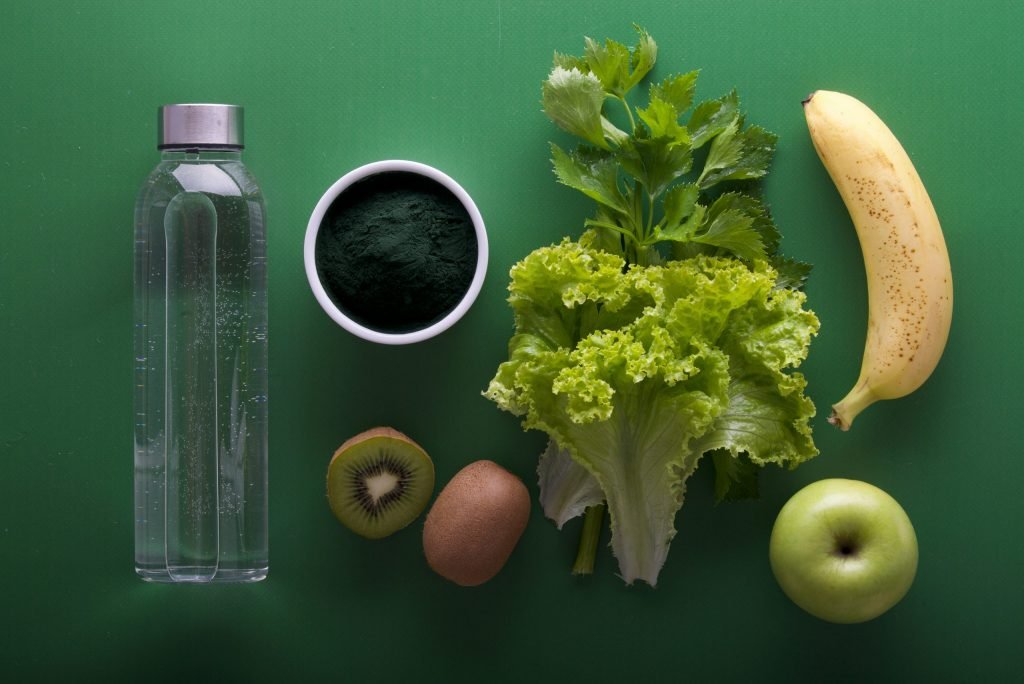The Importance of Nutrition in POTS Management
This guide explores essential nutrition strategies to help individuals with POTS lead a healthier life. Living with Postural Orthostatic Tachycardia Syndrome (POTS) and Dysautonomia can be challenging, but dietary adjustments can play a significant role in managing symptoms.
Proper nutrition can help stabilize blood pressure, improve circulation, and reduce the severity of symptoms. While there is no one-size-fits-all diet, certain dietary strategies have been shown to benefit individuals with POTS.
Key Dietary Strategies for POTS
1. Stay Hydrated
Dehydration can exacerbate POTS symptoms. Aim to drink 2-3 liters of fluids daily, including water, electrolyte solutions, and herbal teas. Avoid diuretics like alcohol and limit caffeine intake, as they can dehydrate the body.
Have you found stress management to be a key part of your POTS care?

2. Increase Salt Intake
Sodium helps retain fluids and maintain blood volume, which is often reduced in POTS patients. Incorporate salty snacks like pickles, olives, and salted nuts into your diet. Consult your healthcare provider to determine the appropriate amount of sodium for your needs.

3. Eat Smaller, Frequent Meals
Large meals can divert blood flow to the digestive system, worsening symptoms. Opt for smaller, more frequent meals throughout the day to maintain energy levels and reduce post-meal fatigue.

4. Balance Macronutrients
Focus on a balanced diet rich in lean proteins, healthy fats, and complex carbohydrates. Avoid high-glycemic foods like sugary snacks and refined carbs, which can cause blood sugar spikes and crashes.

5. Address Nutritional Deficiencies
Many individuals with POTS experience deficiencies in key nutrients such as vitamin D, magnesium, and vitamin B12. Include foods like fatty fish, leafy greens, and fortified cereals in your diet, or consider supplements under medical supervision.

Foods to Include and Avoid
Foods to Include:
- High-sodium foods: Pickles, olives, and salted nuts.
- Electrolyte-rich beverages: Coconut water and sports drinks.
- Lean proteins: Chicken, turkey, and tofu.
- Complex carbs: Quinoa, brown rice, and sweet potatoes.
- Healthy fats: Avocados, nuts, and seeds.
Foods to Avoid:
- High-sugar foods: Candy, pastries, and sugary drinks.
- Processed foods: Chips, fast food, and frozen meals.
- Alcohol: A diuretic that can worsen dehydration.

Lifestyle Tips to Complement Your Diet
1. Monitor Your Symptoms
Keep a food and symptom journal to identify triggers and track improvements. This can help you tailor your diet to your specific needs.
2. Plan Ahead
Meal prepping can ensure you have healthy, POTS-friendly options readily available. Focus on nutrient-dense meals that are easy to digest.
3. Consult a Dietitian
A registered dietitian with experience in dysautonomia can provide personalized guidance and help you create a sustainable eating plan.

GnarlyTree | CONNECTED CONDITIONS
The POTS and MS Connection | Understanding Dysautonomia in Multiple Sclerosis
Understanding the Overlap Between Dysautonomia & Multiple Sclerosis Explore the POTS and MS connection, how dysautonomia overlaps with multiple sclerosis, and what it means for diagnosis, symptoms, and treatment strategies....
🥄 POTS & Nutrition – Quick FAQ
1. Why is nutrition important for POTS?
Proper nutrition helps stabilize blood pressure, boost circulation, and reduce common symptoms like dizziness and fatigue.
2. How much water should I drink each day?
Most people with POTS benefit from drinking 2–3 liters of fluids daily to support blood volume and hydration.
3. Why do I need more salt?
Extra sodium helps retain fluids and increase blood volume, which can reduce lightheadedness and fainting.
4. Are there specific foods I should eat?
Yes—focus on high-sodium snacks, lean proteins, complex carbs, and healthy fats like avocado and nuts.
5. What foods should I avoid with POTS?
Avoid sugary snacks, processed foods, and alcohol, as they can dehydrate or destabilize your blood pressure and energy.
6. Is it better to eat small meals?
Yes, smaller, more frequent meals help prevent energy crashes and post-meal symptom spikes.
7. What nutrients am I often low in with POTS?
Common deficiencies include magnesium, vitamin D, and B12—consider food sources or supplements under medical advice.
8. Should I keep a food and symptom journal?
Yes—tracking meals and symptoms can help identify personal triggers and improve symptom management over time.
Conclusion
Managing POTS and Dysautonomia requires a holistic approach, with nutrition playing a pivotal role. By staying hydrated, increasing salt intake, and focusing on a balanced diet, you can alleviate symptoms and improve your overall well-being. Always consult with your healthcare provider before making significant dietary changes.

